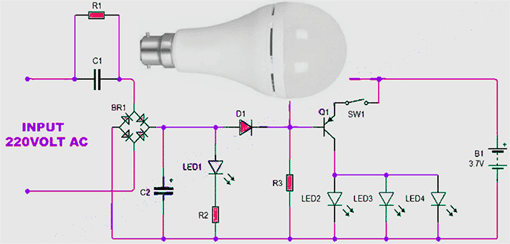Low Voltage Smart Bulb Power Supply Tips

💡 The Problem: Powering Smart Bulbs at Low Voltage
Smart bulbs are typically designed for 230V AC input. But what if you’re designing a DC-powered smart lighting system for solar or battery setups? Standard drivers won’t work, and applying low voltage directly can cause flickering, failure, or damage to internal control circuits.
🛠️ The Solution: Build a Proper DC-DC Power Supply
To run a smart bulb at 12V or 24V DC, you need a step-down (buck) converter that supplies clean, regulated voltage (often 3.3V or 5V) to the bulb’s microcontroller and LED driver circuits.
Use a low-dropout regulator (LDO) or a buck converter IC with proper filtering to ensure stable operation. This protects sensitive components and avoids performance issues.
🧪 Practical Example: Solar-Powered Smart Lamp
You’re building a solar garden light using a smart RGB bulb and a 12V battery. Direct connection doesn’t work.
Fix: Use a buck converter module to bring 12V down to 5V, powering the smart IC and LED driver reliably.
🔢 Sample Calculation: Power Needs
If the smart bulb’s logic circuit draws 150mA at 5V:
P = V × I = 5V × 0.15A = 0.75W
Choose a buck converter rated at ≥1W for safe operation.
🧰 Product Suggestion: Made in India Components
Explore buck converters and LDO regulators from our Make in India component range.
🛒 Shop now at SmartXProKits.in
Support our work and India’s innovation—buy from our Make in India site!



















